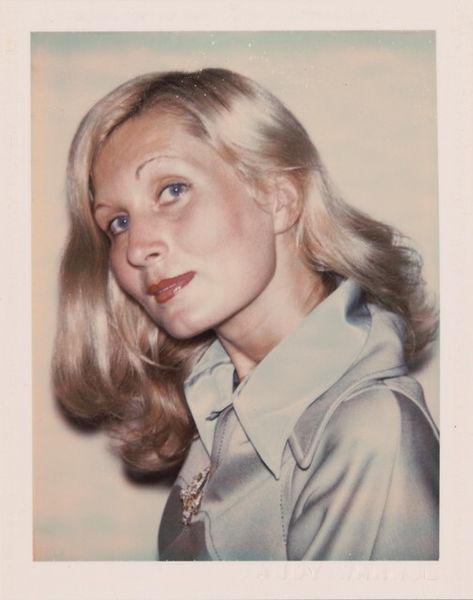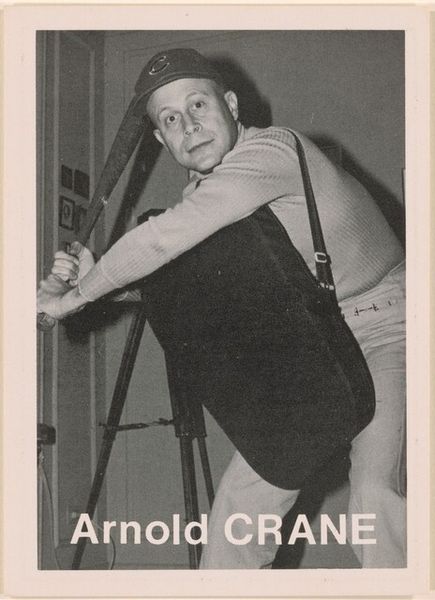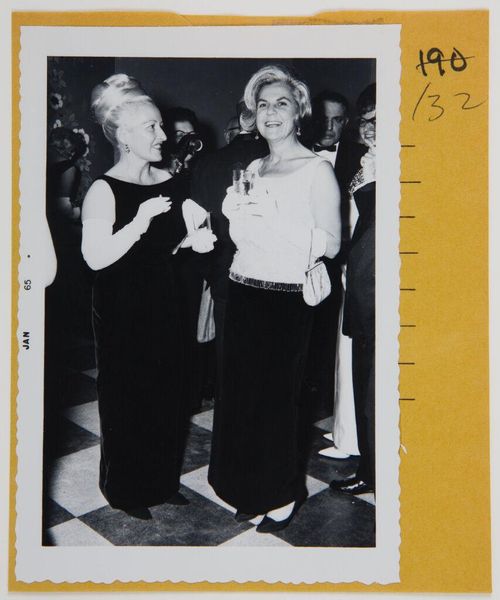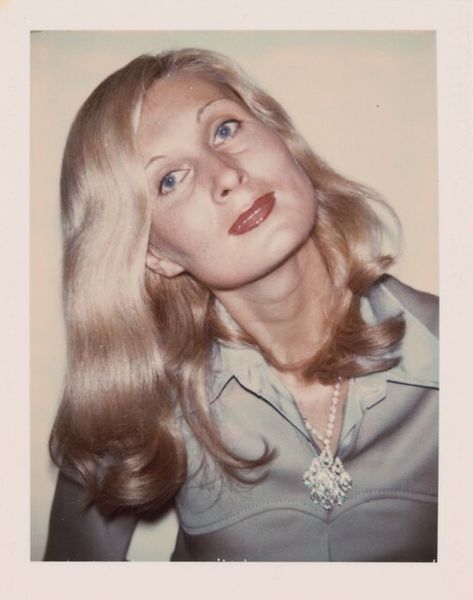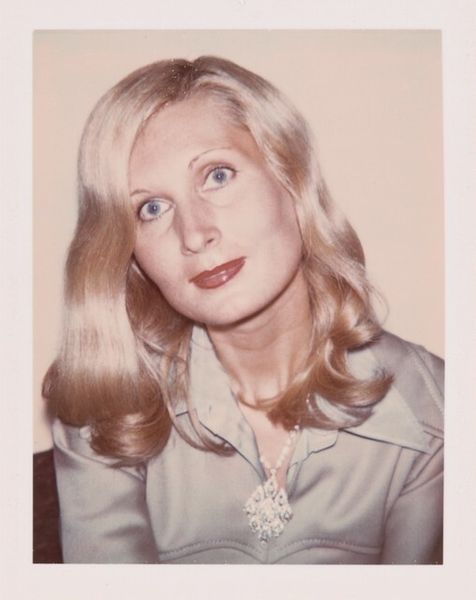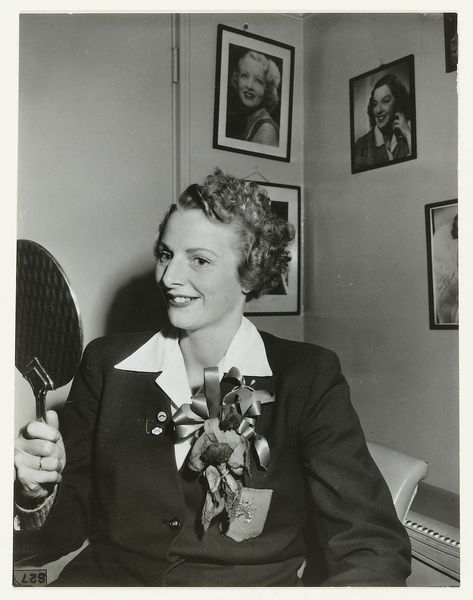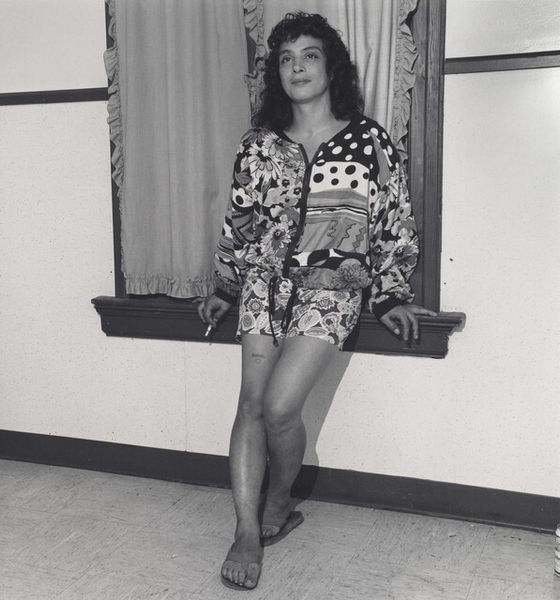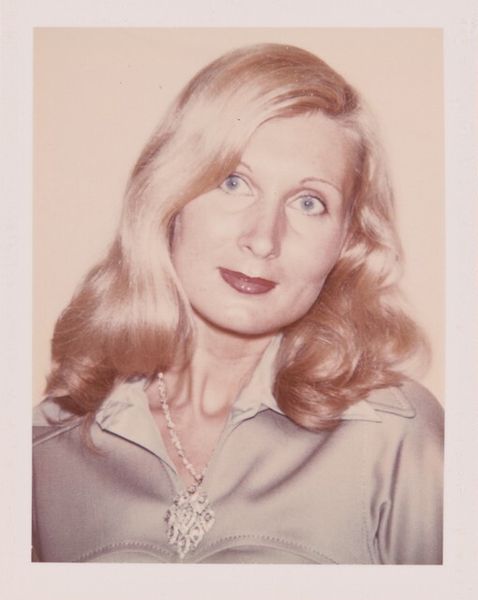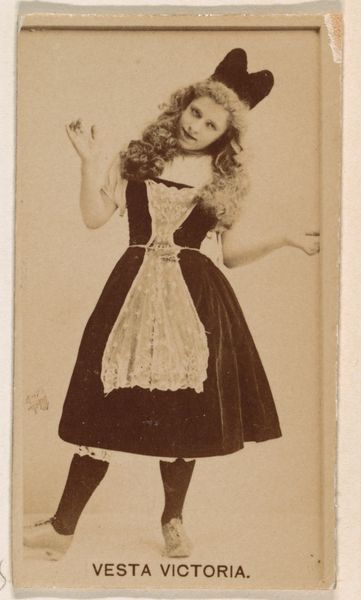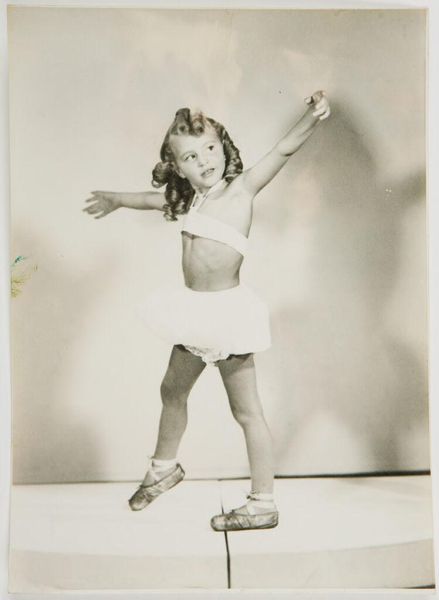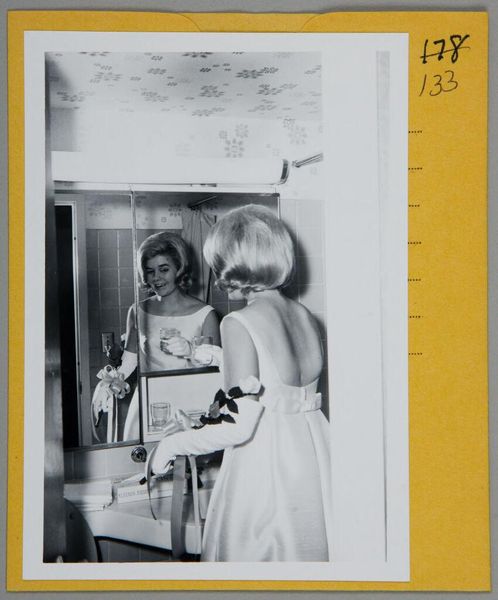
print, photography
#
portrait
# print
#
photography
#
historical photography
Dimensions: image: 8 × 5.5 cm (3 1/8 × 2 3/16 in.) sheet: 8.9 × 6.3 cm (3 1/2 × 2 1/2 in.)
Copyright: National Gallery of Art: CC0 1.0
Curator: Ah, here's something a little cheeky and unexpected. We’re looking at a 1975 black and white photograph entitled "Bunny Yeager" by Mike Mandel. And the first thing that hits me? It’s sort of disarming! It’s hard to tell if she's holding a baseball bat or trying to balance it on her back like some sort of avant-garde gymnastic feat. Editor: My reading pivots toward a broader discussion around gender, labor, and identity. Yeager, already famous as a pin-up model and photographer, here poses assertively with a bat – a typically masculine symbol. What does it mean to see a woman associated with traditional beauty ideals co-opting an athletic image? Curator: Maybe it’s that whole '70s vibe – anything was possible! There's an almost punkish subversion in it. It's like a playful rebellion. Like, I can be glamorous AND hit a home run. The high hair, the sporty cap...she looks ready to cause trouble, or perhaps knock societal expectations out of the park! Editor: Exactly! I think Mandel's decision to render this in black and white also adds to the historical gravity. By 1975, second-wave feminism was gaining ground. Photography like this plays a part in documenting and furthering these shifting power dynamics, and these images allow the audience to rethink their relationship with ideas such as sex positivity. Curator: Absolutely, there’s such power in claiming agency and visibility, like a one-two punch! But aside from the messaging, the lighting’s actually pretty cool, and I enjoy how Bunny’s smile softens any potentially intimidating gestures. Editor: And consider this moment in relation to Mandel's other work. He was interested in Americana and celebrity culture, but often with a critical edge. This portrait, whether intentional or not, participates in conversations about women’s roles in public life. Curator: It really brings this interesting perspective—almost tongue-in-cheek—about representation, beauty standards, and athleticism, don't you think? Editor: Absolutely, it serves as a layered representation, pushing back on binaries, allowing us to reimagine these cultural conversations.
Comments
No comments
Be the first to comment and join the conversation on the ultimate creative platform.
